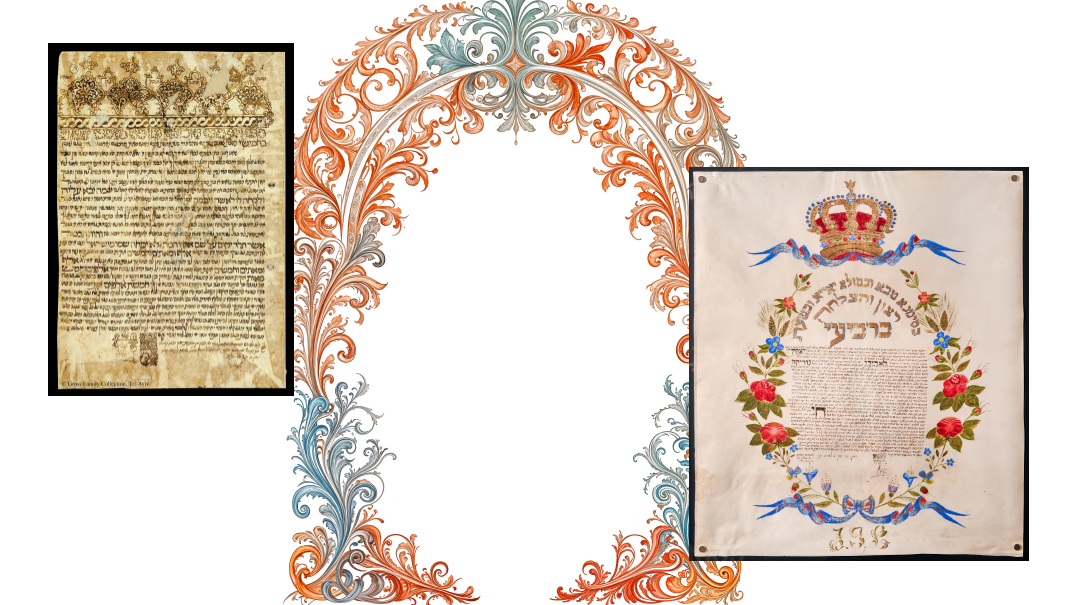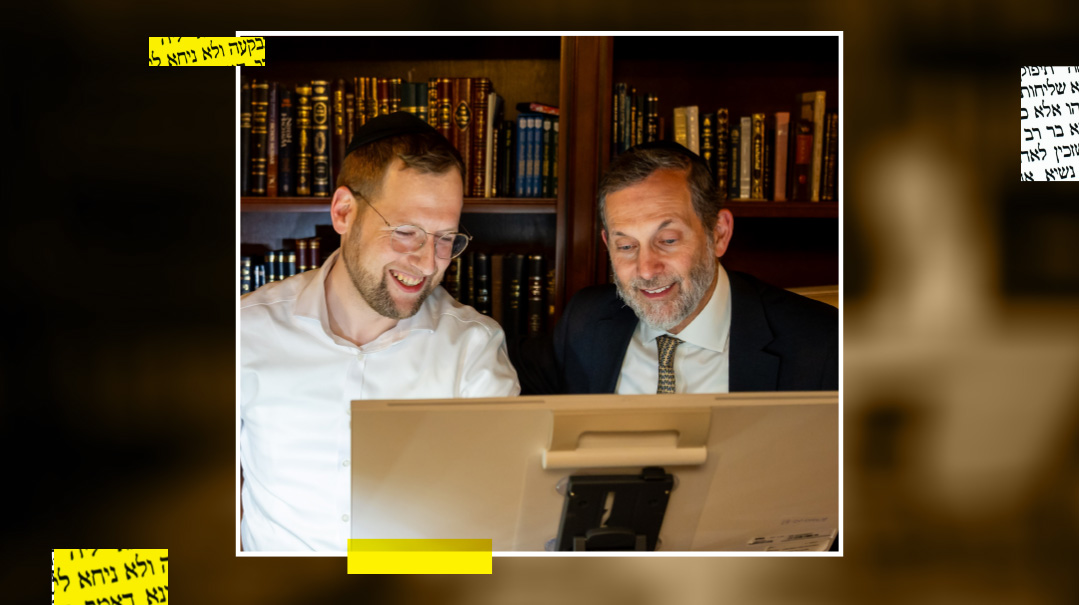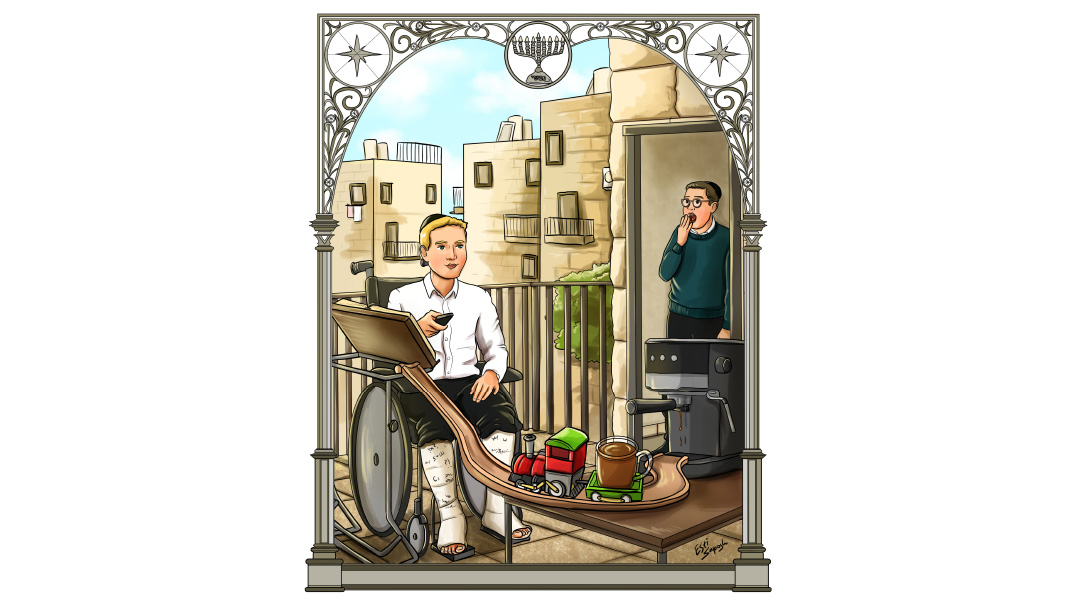The Art of the Contract
| August 20, 2024Magnificent illuminated kesubos came into their own over the last 500 years

Photos: Ardon Bar-Hama; The National Library of Israel
From Morocco to Spain to Italy to India and beyond, magnificent illuminated kesubos came into their own over the last 500 years, bequeathing to our generation both classic works of art and an important historical record. What family secrets lie hidden within the ancient words surrounded by Renaissance art, and what stories do they tell? Perhaps you might discover your own ancestors along the way
It’s a binding agreement, setting out responsibilities and obligations of a new partnership. It’s a document protecting the monetary rights of women.
And it can also be a work of art, displayed on a couple’s living room wall or hanging in an art gallery or museum.
It’s a kesubah, the marriage contract first discussed two thousand years ago in the Talmud, and while it’s actually a technical document and not, as some assume, a promise of ardent dedication and commitment, it is until today the foundation of every Jewish home.
The National Library of Israel (NLI) owns or has online access to some 7,000 kesubos. The oldest kesubah in the collection, from Tyre, Lebanon, is dated 1023, just over 1,000 years ago. But kesubos go back much further. The Talmud in Shabbos 14b credits Shimon ben Shetach as the codifier of the kesubah, the marriage contract that sets out marital and financial responsibilities of the husband toward his wife.
The earliest written kesubah known is dated almost 2,000 years ago, before the Bar Kochba rebellion in 132 CE. In a cache of documents found in a cave near Ein Gedi, archaeologists found a kesubah belonging to a woman named Babatha, given to her by her second husband, Yehuda. The wording of the kesubah, written in Aramaic as kesubos still are today, would be familiar to us, but there was one major difference between then and now: In those days, men could have more than one wife, and Yehuda already had another wife, Miriam. From other documents we discover that Babatha went to court after Yehuda’s death to fight that other wife and her family to retain possession of four date orchards she was entitled to as part of her kesubah.
Historians revel in analysing kesubos, for one practical reason at least: every kesubah opens with the date and place of the marriage and the names of the bride and groom and their fathers, which is a great start for historical or genealogical research. But kesubos don’t just give historians insight into families; although the structure and text of kesubos through thousands of years has remained remarkably consistent, a close look at each one can reveal differences in the culture of Jewish communities all over the world.
Oops! We could not locate your form.







